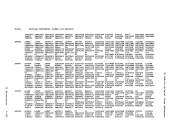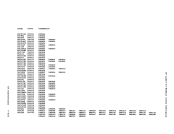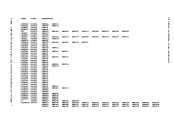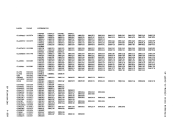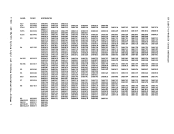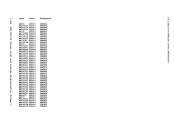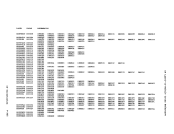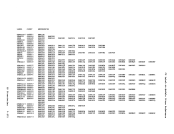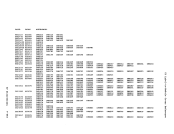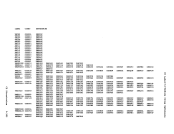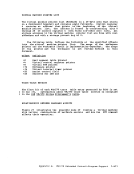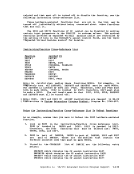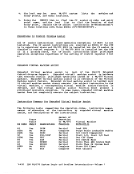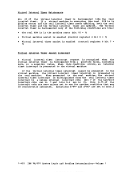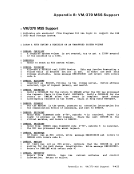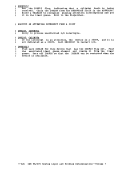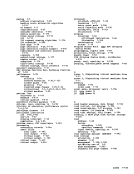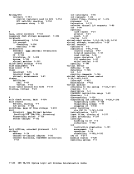processing is requested:
steps when virtual reserve;release
1.
the
requested and if the device is not reserved by anyone or it is
reserved by this user, processing continues normally. If the device
is reserved by another user,
bytes have been transferred to the user's storage in which case
which
the
release, the
the virtual disk. Control returns to
the minidisk is currently reserved by another user.
who previously received a busy condition, when the device is
released.
normally handled first in first out. However, requests to aovable-head
address. This ordered seek queuing is performed to minimize
intercylinder seek times and to improve the overall throughput of the
the relocated real cylinder.
in
calling
virtual
the following manner:
cylinder
The
being queued on a movable-head DASD by means of the device class and
type fields of
queue on the
queue based on the cylinder nuaber for the request. The cylinder
case,






















































































































































































































































































































